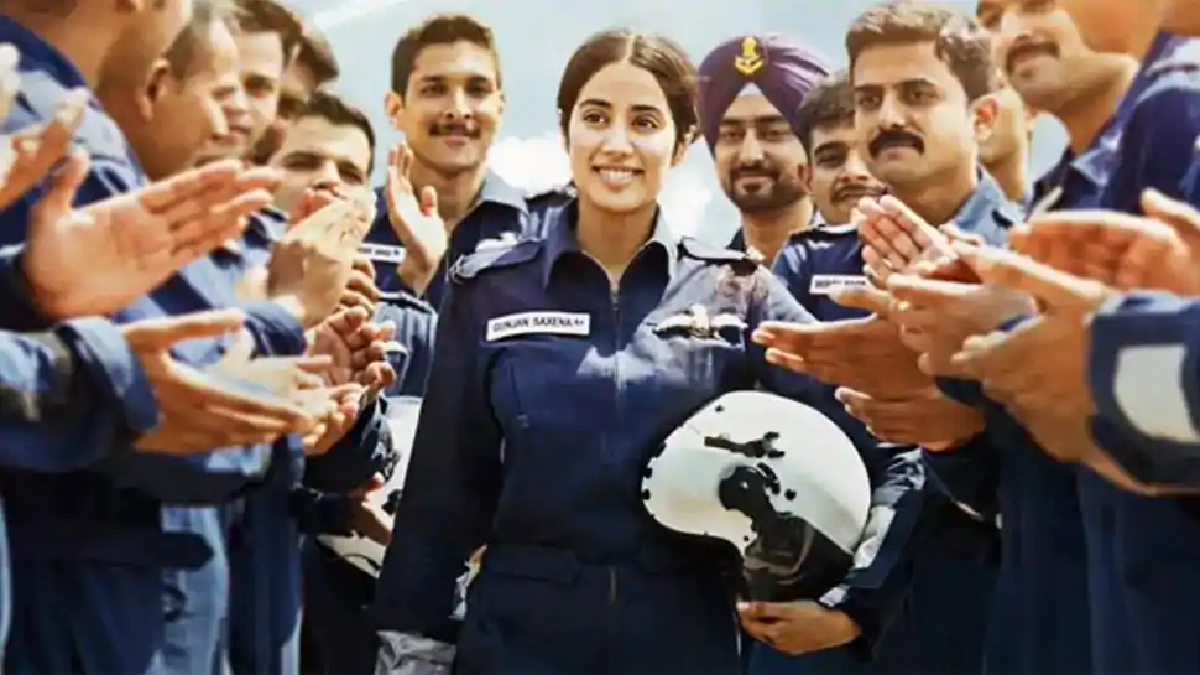
In the recent years, films based on real events have tremendously grown in popularity. Amongst these the mostly popular ones are the biographical films, also known as biopics. The sudden increase in the number of biopics made in Hindi cinema has really surprised everyone. Now, it’s not that such films weren’t made earlier but today they are being made at an unprecedented rate. And the box-office figures only confirm the growing popularity of these biographical films amongst the viewers. Even in the Covid-19 times we have already seen biopics like Shakuntala Devi and Gunjan Saxena: The Kargil Girl.
Now, while it is difficult to single out one particular biopic that started this trend, it is impossible to overlook three biographical films whose commercial and critical success undoubtedly helped usher in this trend: The Dirty Picture (2011), Paan Singh Tomar (2012), and Bhaag Milkha Bhaag (2013), inspired by the lives of controversial South Indian actress Silk Smitha, athlete-turnedbandit Paan Singh Tomar, and ace sprinter Milkha Singh popularly known as “The Flying Sikh”, respectively. The success of Bhaag Milkha Bhaag, in particular, started the trend of a specific kind of biographical films called sports biopics. Films like Azhar, Mary Kom, MS Dhoni: The Untold Story, Soorma, Budhia Singh: Born to Run, Poorna, and Dangal may not have been possible without a precursor like Bhaag Milkha Bhaag.
Other than sports biopics another kind of biographical films that are capturing the imagination of filmmakers are political biopics. Already we have had films on the lives of NTR, Balasaheb Thackeray, Y.S. Rajasekhara Reddy, and Prime Minister Narendra Modi. Also, a film on J. Jayalalithaa’s life starring Kangana Ranaut titled Thalaivi is already waiting to be released. And who can forget the Narendra Modi biopic, starring Vivek Oberoi, as well as Vijay Gutte’s The Accidental Prime Minister, starring Anupam Kher, based on the controversial book of the same name written by former PM Manmohan Singh’s media advisor Sanjaya Baru?
Traditionally, biopics were mostly made about famous people who are either dead or no longer active but these days there are no such restrictions. Also, a biographical film need not capture the person’s whole journey; the filmmaker can choose to only focus on a specific chapter of the person’s life. While films based on the lives of gangsters haven’t done particularly well in the recent times, they remain popular as ever with the filmmakers as evident from films like Omerta and Haseena Parkar. Also, let’s not forget about historical figures like Baji Rao-I, Rani Lakshmibai, Akbar, or Dara Shikoh whose sibling rivalry with Aurangzeb will be the central subject of Karan Johar’s upcoming film Takht. This leaves us with biopics based on the lives of those personalities who may not have been celebrities or public figures in a conventional sense but whose lives serve as great inspiration for people. Here, we must talk of films like Super 30, Padman, Shahid, Neerja, Sarabjit, Airlift, and Manjhi: The Mountain Man. Reel-life heroes with controversial lives too can prove to be interesting subjects for biopics as evident from the grand success of Sanju and The Dirty Picture prior to it.
Yet another subject that’s proving to be conducive for making biopics is nationalism. While the recently released film Gunjan Saxena: The Kargil Girl and the upcoming ones like Sardar Udham Singh and Shershaah are good examples of this, films such as Raazi, Kesari, Uri and RAW: Romeo Akbar Walter, though they may not technically come under the definition of a biopic, also come to mind. For, at one level or the other, they too are inspired by the lives of real people. Also, historicals such as Kesari, Tanhaji, Panipat as well as the upcoming Prithviraj can be seen as an offshoot of the strong nationalistic fervour that seems to have captured the youth’s imagination in the recent times.
According to filmmaker Vikram Bhatt, the trend of biopics in Hindi cinema is a result of mob behaviour. “If a biopic works, people start making biopics. If comedy films work, then people start making comedy films and then if action films start working, they make action films. So it’s a phase and we have to see how long this phase lasts,” Bhatt had opined. Time will tell us better whether what Bhatt feels proves to be true or not, but one thing is certain that cinematic escapism has loosened its grip on the viewers who appear to be favouring realism in their films over anything else.
Now, it is an entirely different matter altogether that a majority of biopics made by Bollywood are taking too many cinematic liberties in the name of entertainment. Already, many of these films have got engulfed into major controversies, the latest being the Gunjan Saxena biopic, which seems to have not gone too well with a section of the audiences for its depiction of gender discrimination in the Indian Air Force (IAF). In fact, the IAF has sent a note stating their disappointment to producers Dharma Productions, the Central Board of Film Certification (CBFC) and Netflix. And, so, unless the filmmakers making biopics stick to facts and historical details backed by thorough research, stop taking too many creative liberties, and are able to maintain a consistency in terms of quality of content, they will find it very hard to keep the audiences hooked.
Murtaza Ali Khan is a noted film critics and writer. The views expressed are personal.